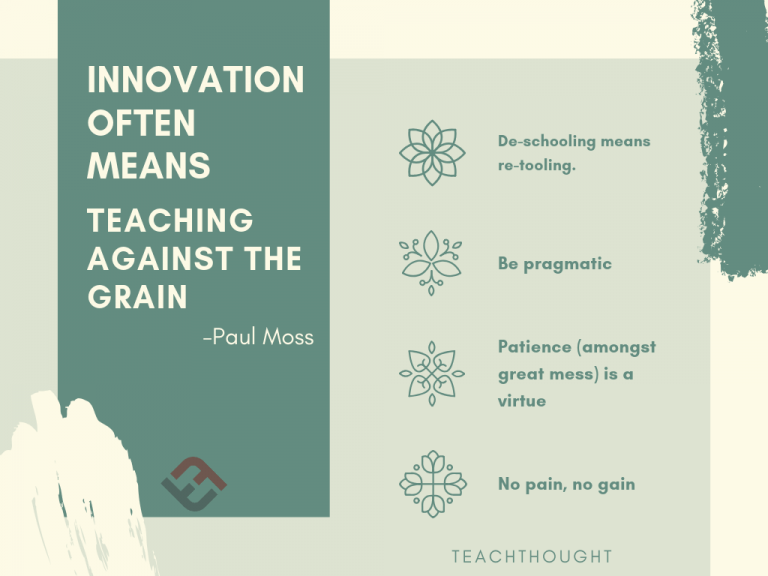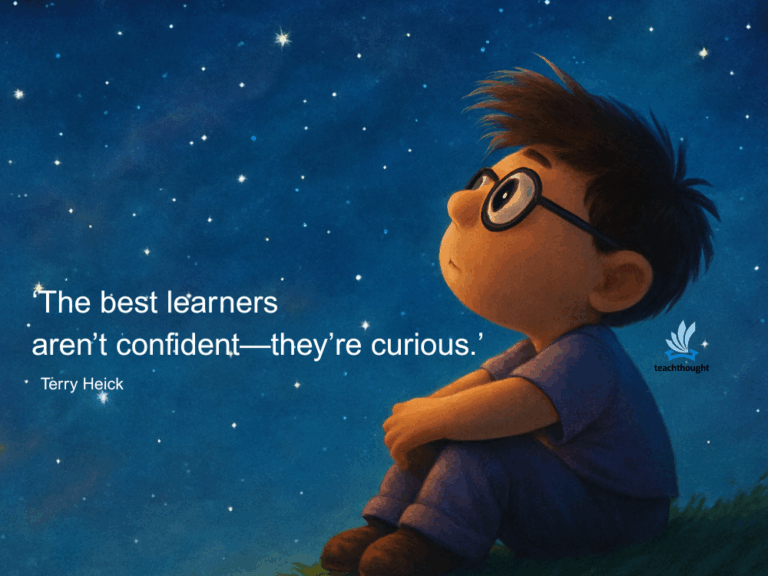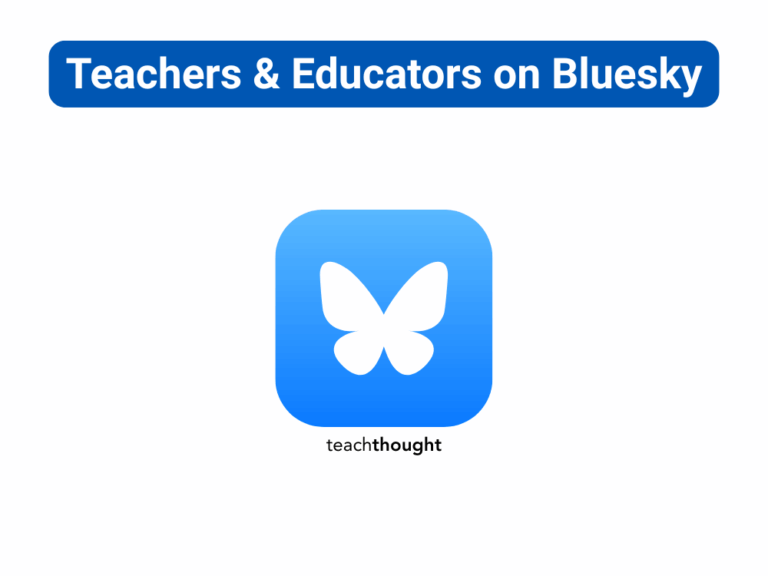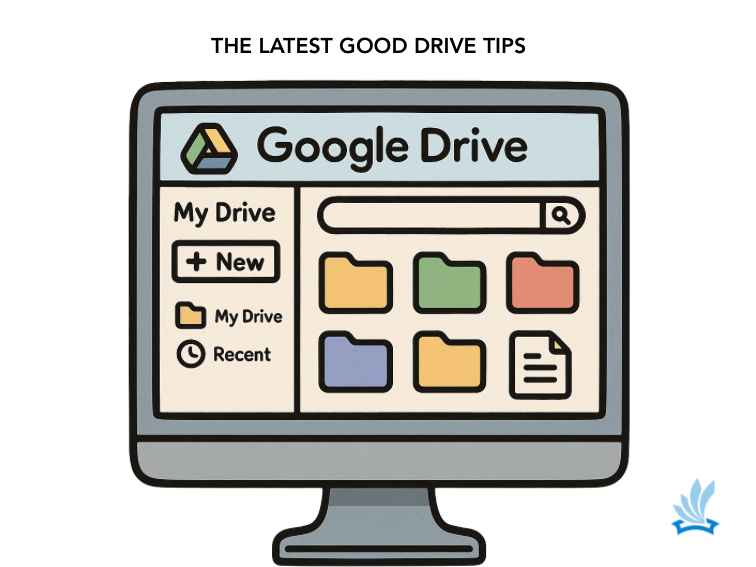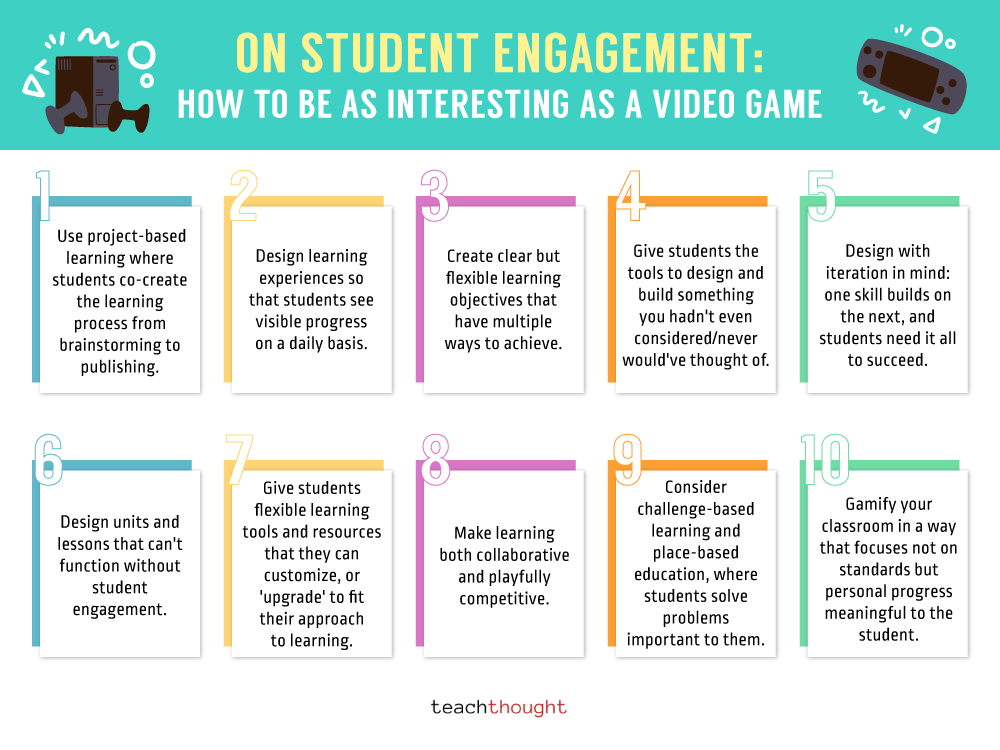Digital Storytelling: A Friendly Gateway to Academic Writing
Digital storytelling feels modern, yet it simply renews the timeless act of sharing tales.
Pictures, music, voice, and light editing turn ideas into short, lively pieces. Many teachers use this approach to ease students toward essays and research projects. Many students sigh, “I wish someone could write a paper for me”. Learners who dread long papers often engage once media tools enter the process.
Planning a digital story builds habits around structure, evidence, tone, and audience needs. Because the work feels playful, worries fade, and thoughts begin to flow. Early momentum replaces blank-page fear with focused, creative action and clear choices. Students gather images, record narration, and shape a message that actually lands.
This welcoming doorway is our focus in this guide to digital storytelling. You will see what digital storytelling is, its types, strong examples, and classroom tips. The goal is simple: turn small media projects into steady academic confidence.
What Is Digital Storytelling?
A digital story is a short media piece that blends images, clips, sound, and text. It tells a clear tale with a beginning, middle, and purposeful end. When people ask what digital storytelling means, the answer stays straightforward.
It is traditional storytelling supported by simple technology and grounded in classic narrative rules. A strong opening pulls viewers in, rising action sustains interest, and closure clarifies meaning. Most projects run two to five minutes, which forces careful selection of details.
The compact format trains students to remove fluff and highlight proof. That discipline transfers smoothly to essays and longer reports later. Classroom projects need only free apps on a phone, tablet, or laptop. The emphasis remains on the message rather than fancy effects or complex software. This keeps the method approachable and useful for writers at every stage.
Types of Digital Storytelling
Digital stories vary widely in purpose and form across classroom settings. One common type is the personal narrative, where students recount a memory or tradition.
Another is the informational report, which explains a concept, process, or historical event. A third form is the persuasive piece that urges viewers to adopt a stance.
A fourth is the documentary style that blends interviews, photos, and sourced materials. The final category is fictional storytelling, a brief film born from imagination and craft.
Knowing these forms helps teachers match tasks to learning goals with care. Persuasive clips train learners to gather proof and make focused claims. Documentary projects push accurate citation and careful handling of sources.
Even fictional work strengthens plotting, character focus, and scene order. Rotating forms keeps energy high while reinforcing core literacy skills repeatedly.
Digital Storytelling in Education
Teachers praise digital storytelling because it brings reading, writing, speaking, and tech together. Scripting requires research, selection of evidence, and careful note of where facts originate.
Narration practice improves pacing, clarity, and confidence while reading aloud. Editing develops timing, emphasis, and visual rhythm across slides or short clips. Students also gain comfort with tools they will meet in college and at work.
Group work adds another layer of growth and steady practice. Teams plan storyboards, offer feedback, and revise drafts with shared goals. These habits mirror the peer review used in formal academic writing classes.
Students who freeze at blank documents speak more while arranging images. That shapes stronger theses and tighter paragraphs later. Assessment can honor story arc, accuracy, and technical polish alongside content understanding. In effect, the classroom becomes a workshop where skills are built daily.
From Digital Stories to Academic Writing Skills
The move from media piece to polished essay looks large yet remains direct. First, creators learn focus because a two-minute project cannot cover everything. That habit supports clear thesis statements and avoids long, wandering paragraphs.
Second, evidence becomes essential as photos, charts, and clips support each claim. Citations in papers function the same way, anchoring arguments to credible sources.
Sequencing ties the two forms together in a very practical way. A strong digital narrative hooks, builds, peaks, and lands with meaning. Replace the peak with the body of an argument, and the structure aligns.
See also 25 Reading Strategies That Work In Every Content Area
Careful script edits mirror revision stages used in formal academic drafts. While reviewing rough cuts, students notice filler, weak verbs, and clumsy shifts. Those same issues appear in early papers and become easier to fix. Feedback linked to visuals and audio cues helps lessons stick long-term.
Design Considerations for Engaging Digital Narratives
Good ideas need clear design choices to reach viewers with power and care. Start with sound quality because clean audio supports attention and understanding.
Reduce on-screen text so people can listen without reading dense blocks. Short captions help highlight key points without crowding the frame. Choose colors with contrast so all viewers can follow each scene.
Control timing so images and clips stay long enough but never overstay. Many teachers suggest three seconds for photos and eight for video segments. Use simple transitions that keep focus on content rather than movement. Fancy spins distract from meaning and rarely add real value.
Respect copyright and model ethical habits in every project. Credit music, images, and footage the same way papers cite sources. Students who learn fair use here avoid plagiarism problems in future classes.
Online Storytelling Tools and Platforms
Learners already tap, swipe, and share, so easy tools help them start quickly. Free options like Adobe Express, WeVideo, and Canva support fast assembly.
Users can drag images, record narration, and add music within minutes. On tablets or phones, iMovie and Clips offer reliable offline options. Templates guide pacing and transitions, reducing technical demands for beginners.
Pick tools that align with the lesson and expected outcomes. A short report may only need a simple slideshow maker. A documentary project benefits from timelines that keep events organized.
Accessibility matters as well because captions and transcripts support every viewer. Platforms with built-in captions also help schools meet required standards.
Cloud storage allows work across school and home without losing progress. Students can invite comments and revise based on timely peer feedback. That practice mirrors shared documents used for group essays and reports.
Inspiring Digital Storytelling Examples for Students
Real models unlock ideas that might seem out of reach at first. “The Girl Who Hated Books” shows a lively personal narrative with humor and heart. A fifth-grade class used drawings and voice-overs to celebrate reading.
Another piece, “Water Is Life,” takes a direct, persuasive approach. Middle schoolers mixed local photos, statistics, and a rap track to inspire action.
For documentary style, “Grandpa’s War Journal” offers a powerful template. Students scanned letters, interviewed a veteran, and layered period music with care. The project explored family memory tied to events from WWII.
These examples prove deep research can fit inside a tight runtime. Teachers can also explore the Center for Digital Storytelling for more ideas. A wide gallery spans science, art, community topics, and service projects. Studying varied pieces builds awareness of pacing, sourcing, and visual rhythm.
Practical Steps to Start Your Own Digital Story
Starting feels tough, but a clear path makes steady progress possible. Begin with brainstorming by listing three topics and choosing one that excites you. Move to research and gather facts, quotes, and images from trusted places.
Keep track of sources as you go so citation work stays simple. Write a script of nearly three hundred words with a hook, middle, and takeaway. Read it aloud to catch awkward phrases and uneven pacing.
Create a storyboard that links lines to images or clips for each moment. This outline prevents last-minute scrambles for missing visuals or sounds. Gather media by shooting your own or using Creative Commons materials.
Respect license terms and give credit where required. Edit inside your chosen program, placing narration first to guide everything else. Add images, then music, and make small timing tweaks for clarity. Share the draft, collect one strength and one growth point, then refine.
Bridging Narratives and Research
Digital storytelling is not a simple extra; it is a strong bridge to writing. By condensing information into a short, vivid narrative, students practice focus and evidence. They also learn the structure that supports analysis, reports, and persuasive essays later. These skills feel natural because they grow through creative making, not drills.
As schools lean on laptops and cloud apps, media projects will gain importance. Teachers who weave stories into units for history, science, or literature build momentum.
Each time a learner trims a line or cites a song clip, skills strengthen. Those same habits appear in papers that professors expect in first-year classes.
From early sketches to the final list of sources, the connection stays clear. Stories and papers support each other rather than compete for time or attention. When students recognize that link, motivation rises, grades improve, and voices sharpen.

